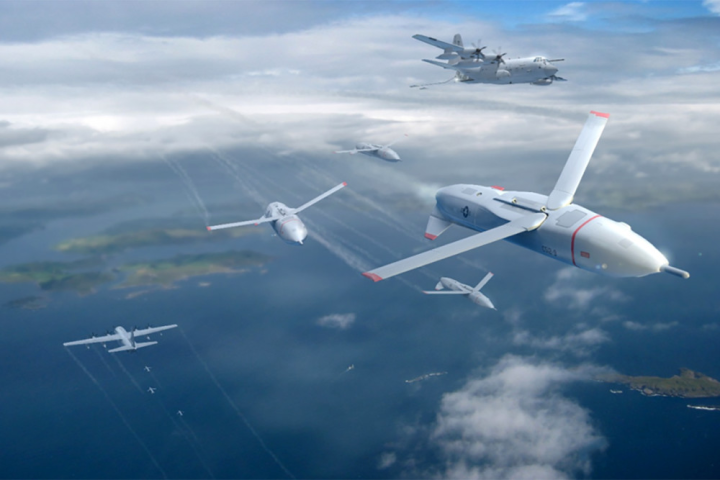
DARPA is short for Defense Advanced Research Projects Agency. All employees have an “expiration date” on their ID badges. With 220 employees in six offices, the agency has a 25-percent annual turnover. Most people stay no longer than four or five years.
DARPA has had roles in developing some significant technologies, including the computer mouse, early versions of GPS and of Apple’s Siri, parts of the Hubble Space Telescope, and high altitude in-flight refueling. So DARPA takes on big projects. And it expects results. The rapid job turnover policy means a steady influx of people who are up on current technologies.
DARPA was formed after the Soviet Union beat the United States to the Moon in 1958. It’s therefore appropriate that the agency was engaging in “moon shots” before Google started using the term to stand for tough projects that could take 10 years or more. But DARPA doesn’t want to wait for 10 years for you to perfect your assignment, you won’t be around that long.
The assignments are all big, and normally deemed impossible. And that’s why the agency doesn’t keep employees for a long time — if they stick around and have an institutional history of failure, they’re more likely to dismiss new ideas as impossible. And there are failures. Failure is an option because DARPA is about innovation, which isn’t just moving the rock down the road a few feet.
DARPA program manager Phillip Alvelda said, “If half the people don’t respond to a publicly announced challenge saying it’s impossible, we haven’t set the bar high enough.”
“No idea is too crazy. The reaction is never, ‘That’s impossible.’ We say, ‘How would you do that? How would you get there? Write down the steps,'” said DARPA’s deputy director of the biological technologies office Barry Pallota.
To work at DARPA you have to want to create something big and it has to work. DARPA program manager Matt Hepburn summed it up: “If you don’t invent the internet, you get a B.”
So if you still quiver in anticipation of the chance to work at DARPA, go for it. Just get ready for your own personal “best-used-by” date.



